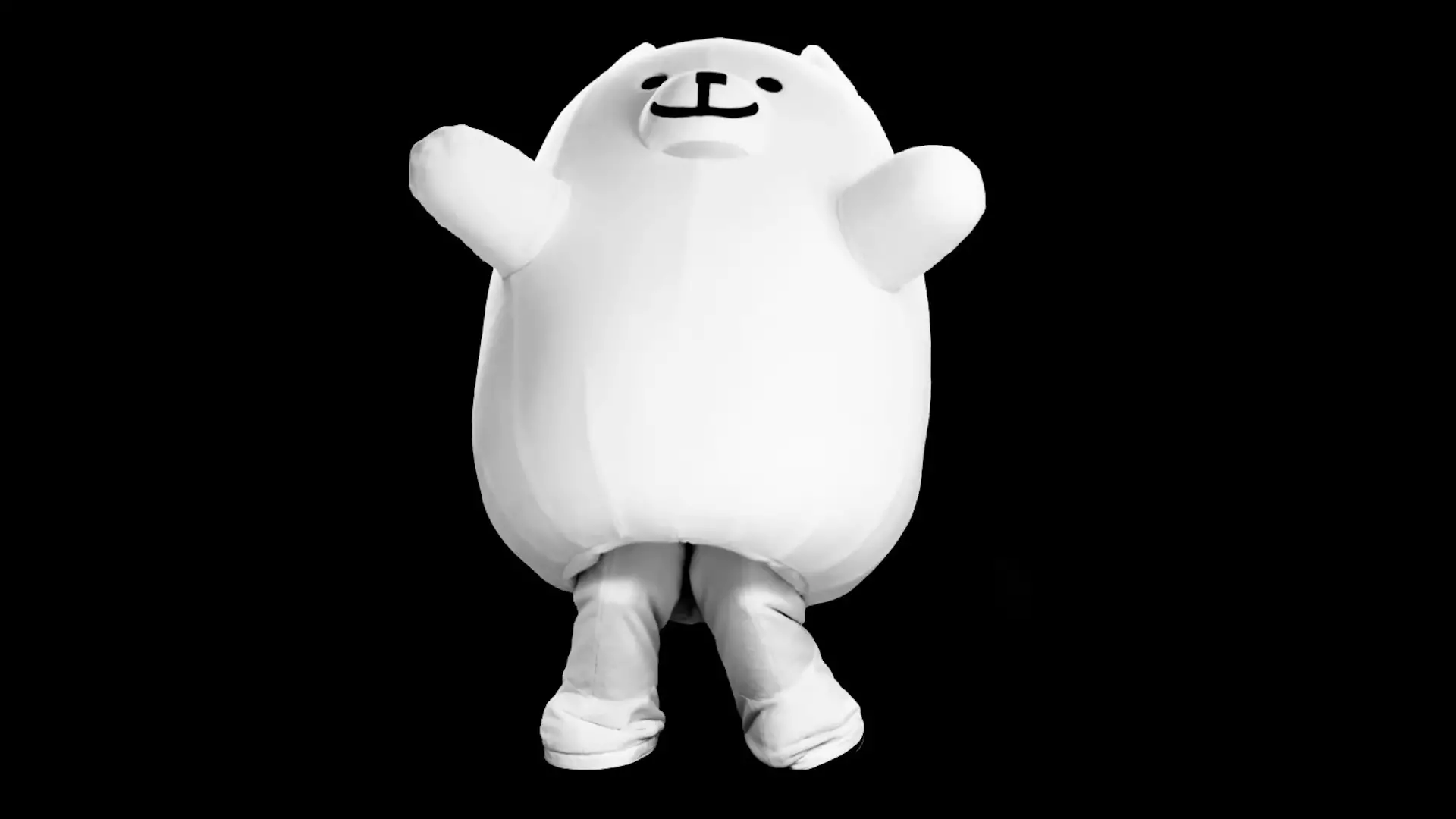Tenna, a compelling addition to the roster of Deltarune villains, has become a central figure in the gaming community. Created by Toby Fox, this character was born out of ideas from years past when Fox first envisioned him during a brief experiment with the Xbox Kinect in 2016. This exploration into motion capture symbolizes the evolving landscape of character design in video games, where initial concepts can languish before being revived and refined. However, it is noteworthy that Tenna almost became another casualty of Fox’s creative process, abandoned in favor of more immediate ideas. Yet, as things turned out, this evolution has led to the emergence of a character that has captivated players and critics alike.
The struggle behind Tenna’s character development speaks volumes about the iterative nature of game design. Fox’s candidness about his earlier plans—contemplating MikuMikuDance-style animations before discarding them—reveals a fascinating glimpse into his creative psyche. It’s a testament to how even the most imaginative developers can wrestle with self-doubt and the fear of imitation. Strikingly, Fox worried that Tenna might be too easily dismissed as a “budget Spamton,” reflecting his anxiety over originality and player reception. This kind of vulnerability from a prominent game developer is a refreshing change in an industry often veiled in bravado and marketing fluff.
A Collaborative Effort: The True Crafting of Tenna
Notably, while Fox is the creative mind behind Tenna’s conception, the character’s actual execution highlights a fundamental aspect of modern game design: collaboration. Fox emphasized the integral roles played by various artists and animators who significantly contributed to bringing Tenna to life. Chelsea Saunders’ animation work, along with the design refinements by Gigi and others, transforms what might have been just a sketch of an idea into a fully realized entity. This collaborative spirit is increasingly crucial in a landscape where character creation has become a multifaceted endeavor, bridging artistry, storytelling, and technology.
The community response to Tenna further solidifies the notion that successful game characters resonate beyond just their design. Players appreciate depth and nuance, attributes that Tenna embodies through his development and presentation. This affinity for the character might stem not only from his design aesthetics but from the backstory that Fox has been eager to share on social media, cultivating a narrative that players can latch onto.
The Importance of Creative Discovery and Acceptance
Fox’s admission of his reservations about Tenna reflects a broader issue within creative fields—the fear of inadequacy and the incessant pursuit of perfection. Understanding that good ideas can emerge from seemingly abandoned concepts is integral to both personal and professional growth. Moreover, the idea that personal growth in skill—like learning 3D modeling—can transform over time is reassuring for both creators and consumers. The narrative serves as a reminder that creativity can blossom through failure, and it encourages aspiring developers to embrace their initial shortcomings as stepping stones rather than stumbling blocks.
Despite Fox’s regrets regarding the scrapped MMD dance concept for Tenna, an intriguing cultural aspect arises. The potential for the gaming community to breathe new life into these abandoned ideas highlights an aspect of fandom characterized by innovation and reinterpretation. Fans frequently do this—taking concepts that may never have fully materialized and re-envisioning them. It raises the question: does some of the most vibrant creativity in gaming lie outside the hands of its original creators?
Celebrate the Journey of Creation
In celebrating Tenna, we recognize not just the character himself but the creative journey that led to his formation. Toby Fox’s experiences and revelations carry significant weight in an industry that often cherishes product over process. As players, we gain insights into the complexities of creation, fostering a greater appreciation for the stories behind the games we love. In an environment where instant gratification rules, Tenna’s evolution from a mere idea into a beloved virtual villain exemplifies the beauty of patience, collaboration, and the organic growth inherent in the creative process.

